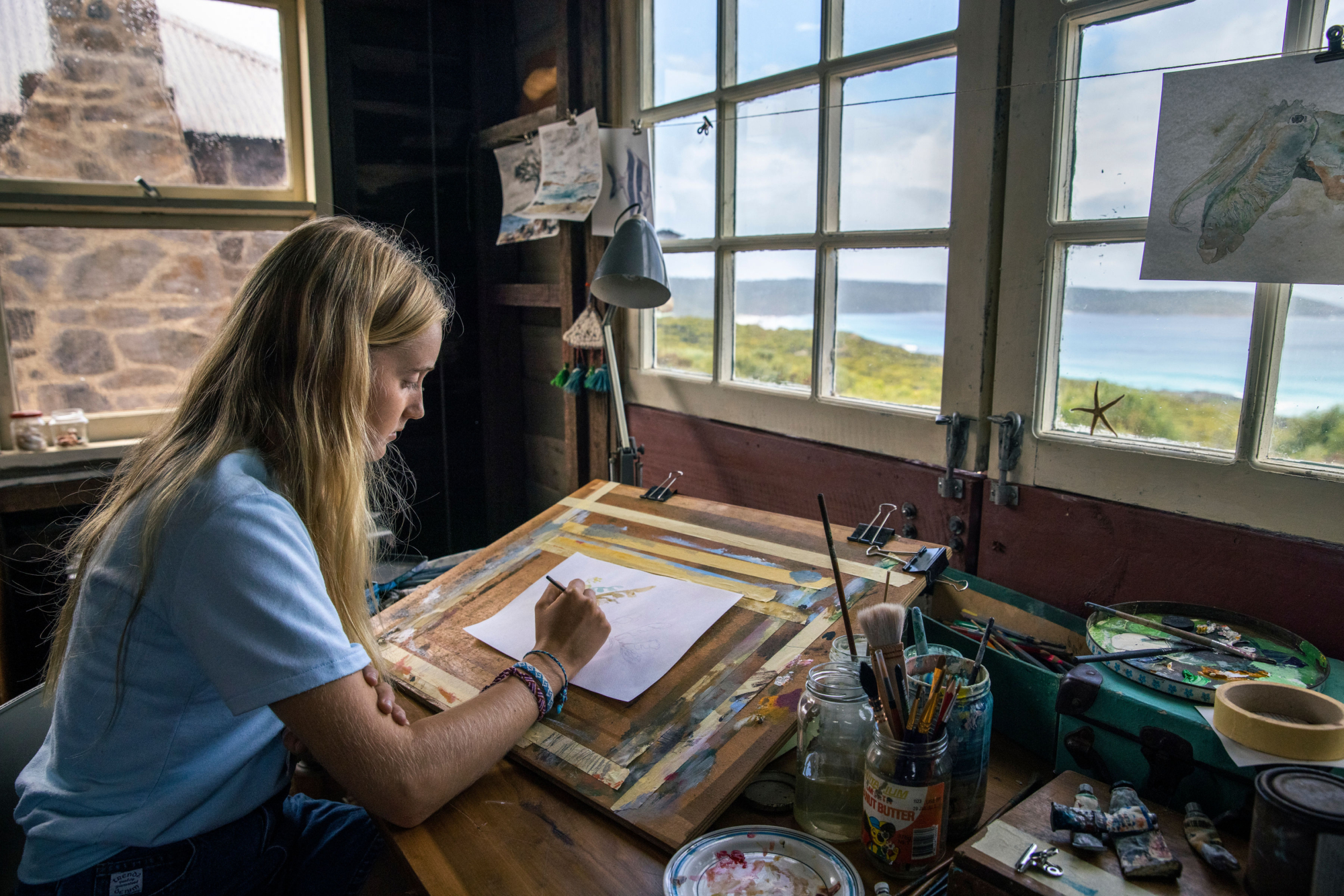Blueback (2022) isn’t the first attempt by director Robert Connolly to translate Tim Winton’s prose to screen; nor does it mark the first time that he has taken the celebrated Western Australian author’s observational yet lyrical writing style and turned it into something more mythic. When he produced the 2013 screen adaptation of Winton’s 2005 short-story collection The Turning, Connolly may have directed only one of its eighteen chapters, but he also managed to rope in a remarkable collection of filmmakers – including Warwick Thornton, Tony Ayres, and actors Mia Wasikowska and David Wenham, both making their directorial debuts – to present their own takes on the source material.[1]See Tara Judah, ‘Cinema’s About-turn: Tim Winton’s The Turning’, Metro, no. 179, Summer 2014, pp. 12–7, available at <https://metromagazine.com.au/cinemas-about-turn/>, accessed 28 December 2022. Recurring characters (chiefly, everyman protagonist Vic Lang) are recast across various episodes of the anthology even as the narrative throughline remains the same – a choice that renders the film metaphorical and metatextual, and elevates the ostensibly quotidian to the epic.
Connolly pulls off a difficult trick here: capturing the romanticism of the ocean that has always permeated Winton’s work while also grounding it in a palpable sense of verisimilitude
Blueback, this time wholly directed and scripted[2]While Connolly receives the sole screenplay credit, Winton is credited with ‘additional writing’. See Arenamedia, Blueback press kit, 2022, p. 3. by Connolly, has taken a somewhat more direct route to the screen. Winton earmarked his 1997 young adult novella of the same name as an environmental parable from the get-go, and while Connolly mostly preserves that vision, he nonetheless pulls off a difficult trick here: capturing the romanticism of the ocean that has always permeated Winton’s work while also grounding it in a palpable sense of verisimilitude – a quality at least partly born out of a challenging location shoot.[3]See Katherine Fleming, ‘Behind the Scenes on Blueback, Starring Mia Wasikowska, Eric Bana, Radha Mitchell and Ilsa Fogg’, STM, 4 December 2022, <https://thewest.com.au/lifestyle/stm/behind-the-scenes-on-blueback-starring-mia-wasikowska-eric-bana-radha-mitchell-and-ilsa-fogg-c-8794640>, accessed 28 December 2022.
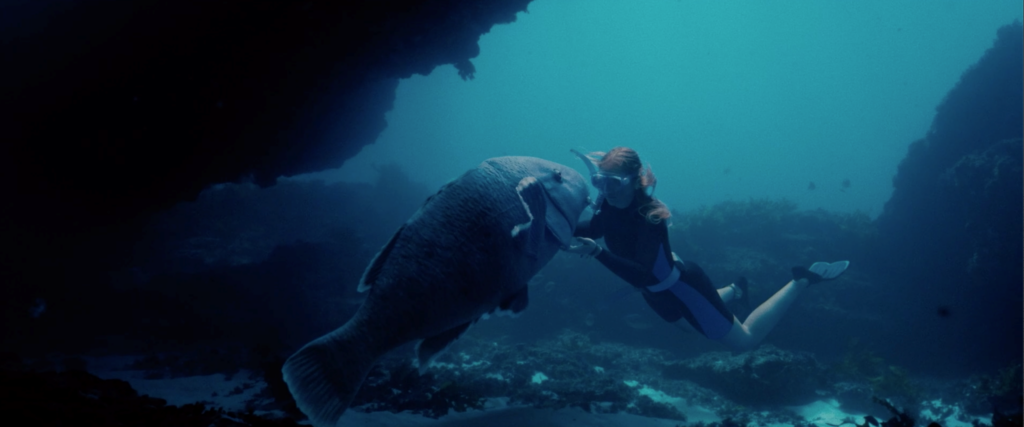
Set largely in the fictional Western Australian coastal town of Longboat Bay, Blueback kicks off when marine biologist Abby Jackson (Wasikowska) receives word that her environmental activist mother, Dora (Liz Alexander), has suffered a stroke. She returns to Longboat Bay, where her mother has spent her life fending off the predations of land speculators – largely personified by smiling but rapacious suit Costello (Erik Thomson) – who want to develop the area to the detriment of the local marine environment. From there, we flash back to various points in Abby’s life – where she is played by Ariel Donoghue as a child and Ilsa Fogg as a teen – tracing her relationship with her mother (now played with defiant charm by Radha Mitchell) as well as with the titular Blueback: a large, benign blue groper who lives in the bay and functions as a more explicit symbol of the ocean and its denizens than the broader environs in which the film takes place.
The ethical conflicts of Blueback are writ large, and in unmistakably black-and-white shades … While emotional complications may rear up from time to time, the film’s moral universe is unequivocal.
In its broad strokes, there is an almost fairytale quality to Blueback – or, at the very least, an Australian children’s television vibe. Connolly, of course, has worked in comparable areas before, having directed Paper Planes in 2014.[4]See Dave Crewe, ‘Cinema Science: Aerodynamic Instruction and Paper Planes’, Metro, no. 208, 2021, pp. 86–91, available at <https://metromagazine.com.au/cinema-science-208/>, accessed 28 December 2022. The ethical conflicts of Blueback are writ large, and in unmistakably black-and-white shades: on one side are Dora and the locals who understand and revere the local environment; on the other are Costello (who would not look out of place in an episode of Secret Valley) and his ilk, who care nothing for the impact of their projects on the natural world, prioritising profit overall. While emotional complications may rear up from time to time – Dora struggles to understand why Abby prefers working in science over her own more direct protest tactics – the film’s moral universe is unequivocal. In a nice bit of production design, our heroes are largely free divers who explore the underwater world on a single breath of air, while the spearfishermen Costello employs to clear the reef of life use scuba tanks – a clear ‘nature vs technology’ visual metaphor. ‘Mad’ Macka (Eric Bana), a morally grey local abalone fisherman, splits the difference: his air is supplied by an umbilical hose when he dives, reinforcing the motif.
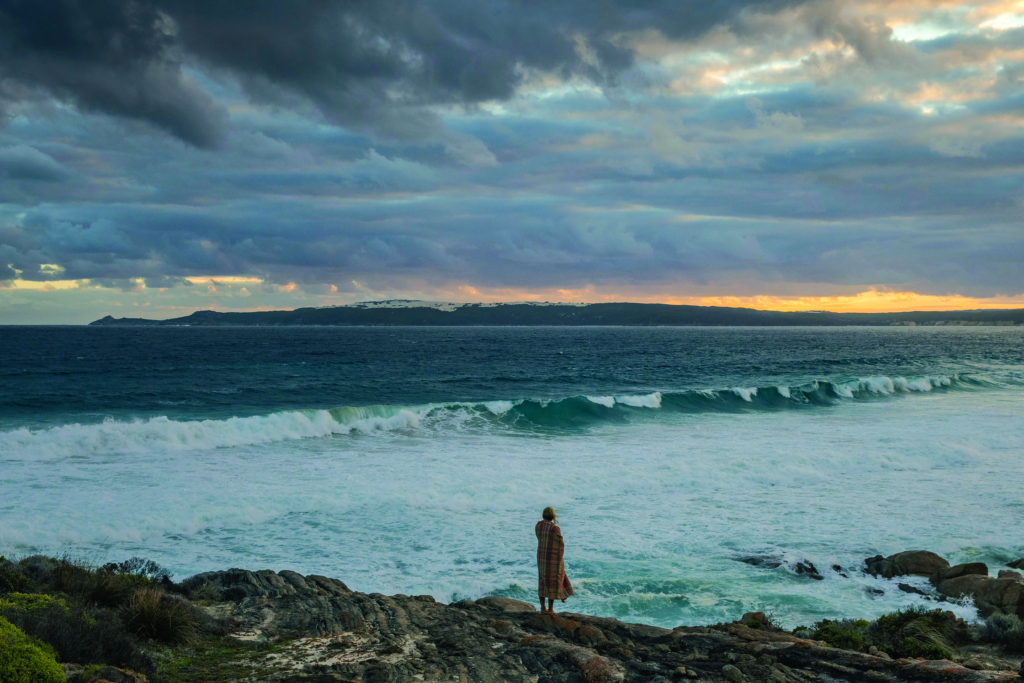
Even the location of Longboat Bay is nebulous. It’s a kind of Western Australian Brigadoon, only existing (for the audience, at least) when Abby is present: its dry land environs are represented by Bremer Bay, a tiny town on the state’s south coast; while the film’s underwater sequences were shot – a few pool sequences aside – on the more biologically diverse Ningaloo Reef in the state’s north-west.[5]See Tim Winton, ‘Tim Winton on a Blue Groper, a Novel – and His Life-imitates-art Moment’, Good Weekend, 18 November 2022, <https://www.smh.com.au/culture/movies/tim-winton-on-a-blue-groper-a-novel-and-his-life-imitates-art-moment-20221003-p5bmuq.html>, accessed 28 December 2022. However, Connolly avers that a distinct sense of place – a vital element in Winton’s written work – was essential to replicate the novella’s location on screen. ‘Tim told me about Bremer Bay,’ he explains.
[It’s] this incredible bay at the bottom of the world, and I went there and fell in love with it. That’s a character in the film, really, and I can’t really imagine the film without filming in that place.
Yet, even more than its sense of place, what anchors Blueback is a strong sense of verisimilitude in the underwater and diving sequences. Among audiences, there is a phenomenon you might call ‘specific expertise’, in which viewers with a high degree of knowledge in a particular field can have their suspension of disbelief broken when they see something they know to be inaccurate presented on screen. The field in question could be anything – medicine, law, military history or what have you – but the issue is endemic; any given film simply cannot be flawless in its depictions, despite the best intentions of its production team. In other cases, accuracy is sometimes sacrificed in favour of drama, but the on screen result is the same. Yet realism – or, at least, plausibility – can be a powerful storytelling tool, especially when the story being told is more archetypal.
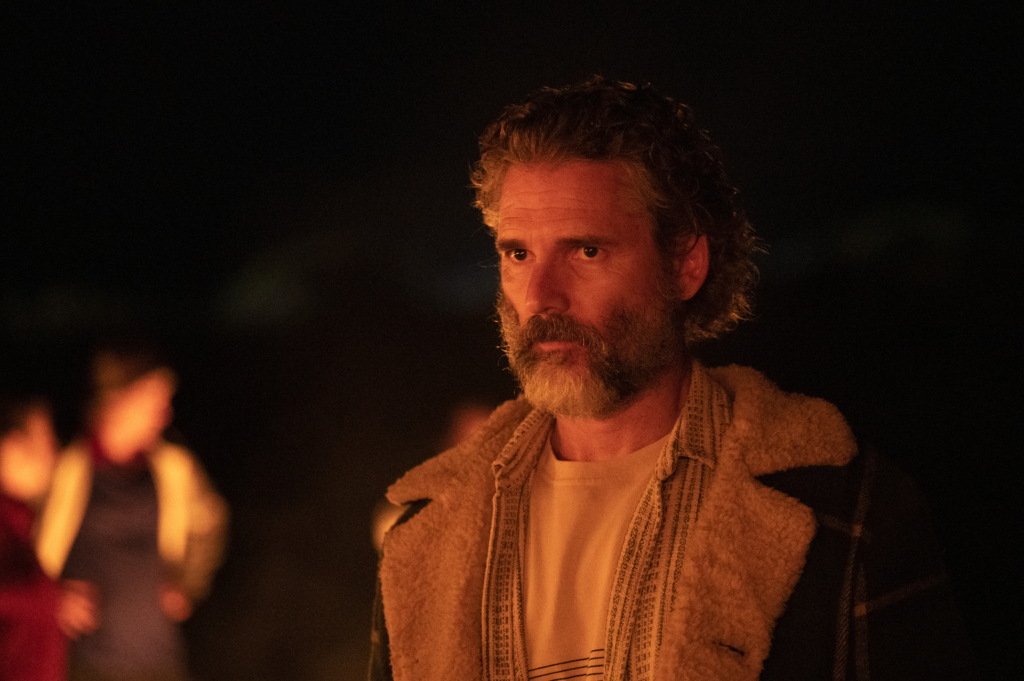
Blueback has all the narrative rhythms of a parable, but its attention to technical details when it comes to depicting the experience of diving is impressive. I say this as someone with specific expertise – I am an avid scuba diver. The precision of these sequences comes across in tiny details: young Abby is seen equalising (a technique to balance the air pressure in one’s cranial cavities equal to the water pressure outside) when free diving; while the divers’ outfits come complete with weight belts. But Connolly goes further than merely ticking off the tools and techniques of diving; with the help of underwater cinematographer Rick Rifici, he also manages to capture its appeal: put simply, a sense of wonder. Shooting on the incredibly biodiverse Ningaloo Reef certainly helps, with nature providing more vast and spectacular schools of background artists than could be born from the best rendering farms in the world. There is a romance to diving, to exploring the oceans; but, to its credit, Blueback never crosses over into gauche sentimentality.
‘I have a personal view in my work that sentimentality is the antithesis of good drama,’ Connolly says. ‘I think real-world experiences move between being profoundly complex and challenging and emotional and fun and sad […] In my own philosophy as a director, I feel like sentimentality is artifice.’ Pursuing a lack of artifice meant, in this case, a lot of filming on and under the open water, with many of the cast members learning to dive:
We trained the actors – they do all their own work. Mia Wasikowska learned how to scuba dive; Ilsa learned how to free dive, and she’s amazing – she can dive twenty metres down there.
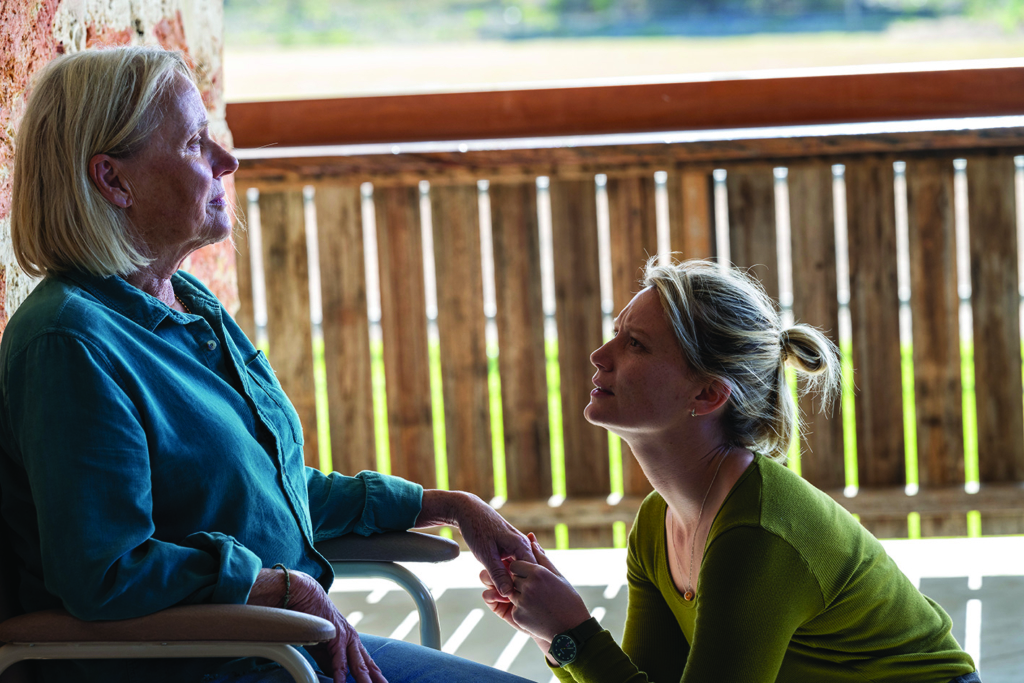
Speaking about her own experiences on the film, Mitchell acknowledges the frisson of fear that accompanies diving, with its attendant dangers of drowning, decompression sickness, injury, and – although rare – sharks:
I rang Rob and said, ‘I love this story, but I just need to tell you that I’m not an amazing swimmer, and I’m kind of scared of the water.’ And he said, ‘Don’t worry; it’s all gonna be in a swimming pool.’ But almost none of it was! Mostly, we were in the water. So, it was a great opportunity to embrace that fear – and I think if I didn’t have that fear, it would’ve been less exciting.
According to Connolly, the difficulties of filming underwater contributed to Blueback’s realism:
You’ve got shark-mitigation drones up in the air looking for sharks before you’re putting a little ten-year-old in the water. It’s tricky but, you know, the adventure of how films are made is something I love. I kind of feel like it gets into the DNA of the film as well; when people watch the film, it feels authentic.
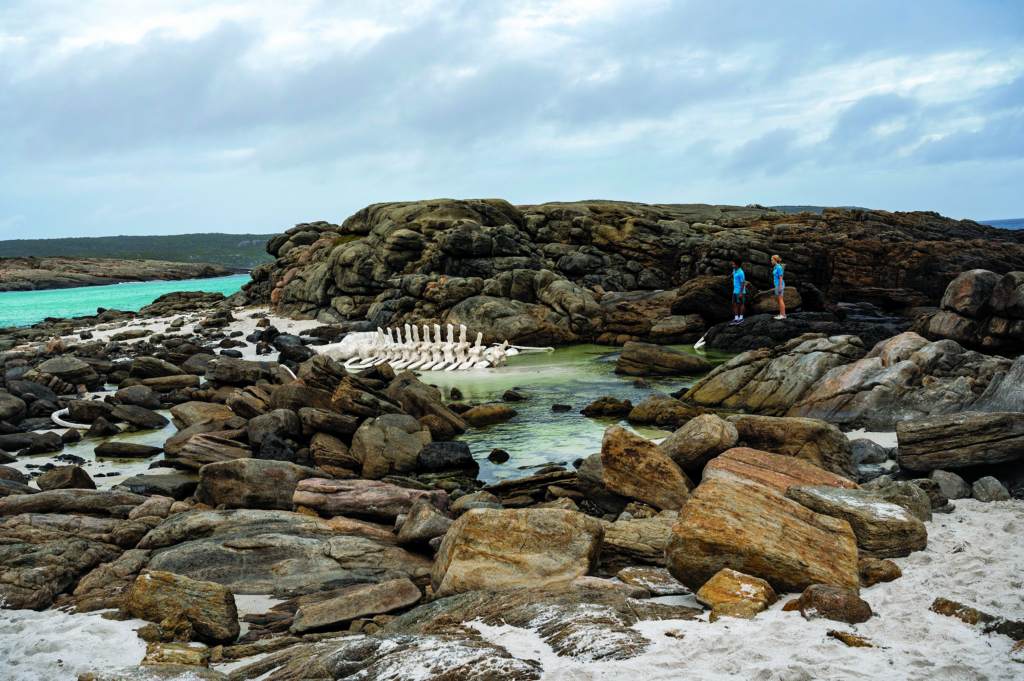
And then there’s Blueback itself, the giant blue groper at the heart of the film. Rather than being a CGI product, the creature was realised as an animatronic puppet by Creature Technology Co., which has previously created elaborate artificial beasts for King Kong: Alive on Broadway and the How to Train Your Dragon Arena Spectacular. Blueback is an incredible creation, in no small part because of its physical presence and believability within the frame, as well as the way the actors can interact with it. There’s no shortage of appealing animals in cinema, even aquatic ones – Free Willy’s (Simon Wincer, 1993) orca and Flipper’s (James B Clark, 1963) dolphin immediately come to mind – but it’s difficult to recall when a non-mammalian on-screen animal evoked such empathy in the audience.
Blueback is an incredible creation, in no small part because of its physical presence and believability within the frame, as well as the way the actors can interact with it.
‘[Blueback] is an incredible puppet, with four puppeteers above the water controlling the fins and the physical movement through the water,’ Connolly enthuses.
I think the drama comes from the human response to the creature. So, if it’s just a VFX shot, if the actors [are] just [acting] against a green blob, then it’s different to them actually relating to it.
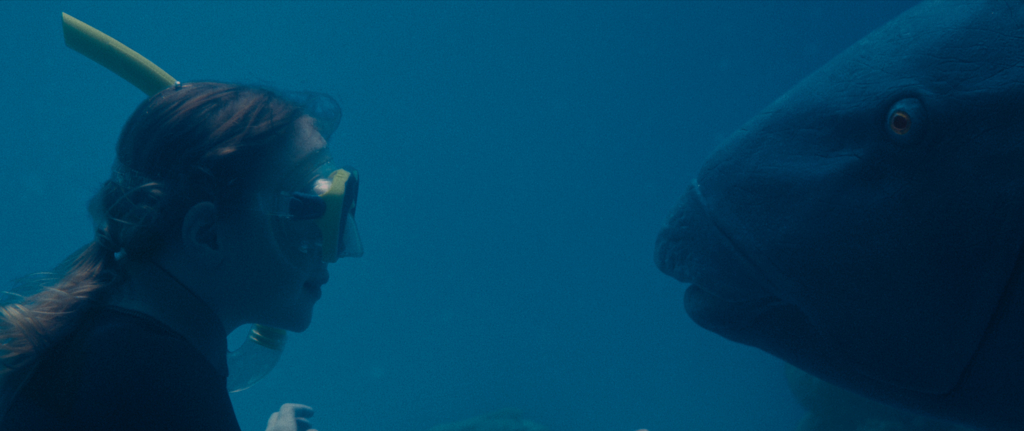
Mitchell agrees:
Obviously having a real thing creates a real experience. Those sequences were [shot] in the pool, and so they did some amazing CGI to bring the environment to life, but the actual fish pretty much looked like a real fish. So, we didn’t really have to do anything except look at the fish. We didn’t have to imagine anything, and that is so much easier for an actor, you know?
But Blueback the fish is not just an elegant solution to a technical problem. As an element of the film, its physicality underlines the broader thematic concerns of environmentalism, stewardship and continuity, simply by dint of being an actual physical object rather than a swarm of pixels. It’s in the environment with the performers – and, by extension, with us.
When we talk about diving as a romantic experience, either on screen or in reality, it’s almost with a capital ‘R’. Like the Romantics of the eighteenth and nineteenth centuries,[6]See Margaret Jane Wanless, ‘The Attitude of the Romantic Poets Towards Nature’, thesis, University of Louisville, Louisville, KY, 1916, available at <https://ir.library.louisville.edu/cgi/viewcontent.cgi?article=2525&context=etd>, accessed 28 December 2022. divers are elevating and venerating the natural world, engaging in a kind of aquatic pastoralism. Yet it’s not only a romantic but also demanding activity, and neglecting the latter in favour of the former is dangerous. Blueback is a cinematic success because it is one of the few films that successfully addresses both poles, presenting an environmentalist family fable that is deeply rooted in the practical, marrying the mythic and the prosaic.
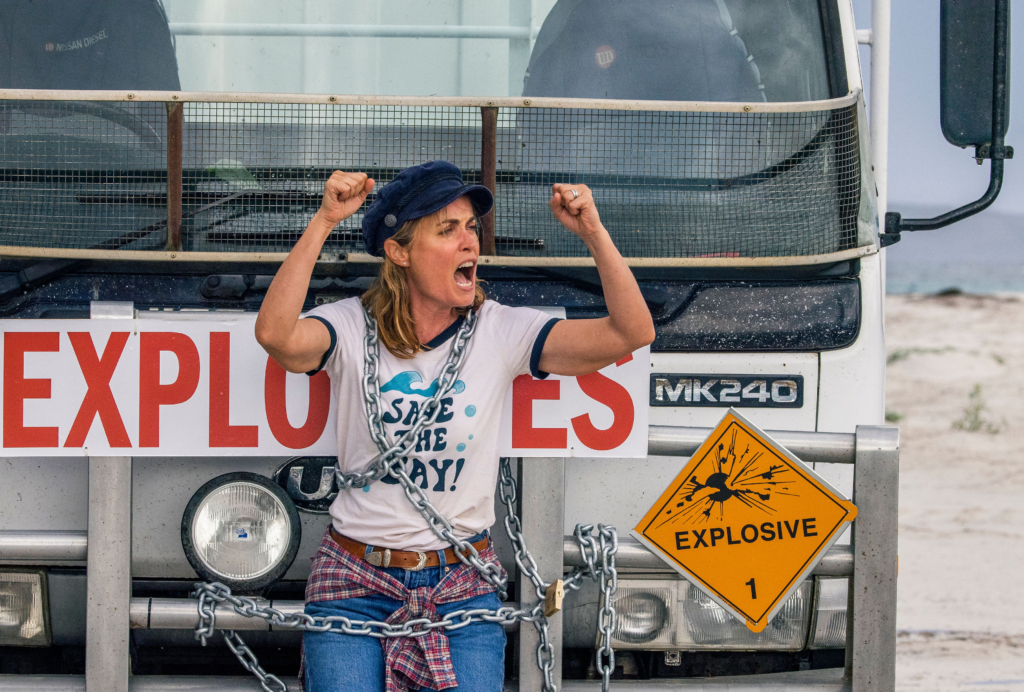
At the time of writing, Blueback is not the only aquatic-themed environmental parable on our screens. The long-awaited blockbuster sequel Avatar: The Way of Water (James Cameron, 2022) is just as insistent in its thematic drives; and, in telling its story, science fiction maestro Cameron takes us to an underwater alien vista populated by fantastical creatures and characters. By contrast, Connolly and Winton don’t take us as far – merely off our own coast. Yet the world they take us to is just as fantastical, just as alien. And due to its actuality – its tangible existence – the world of Blueback is by far the more captivating.
Endnotes
| 1 | See Tara Judah, ‘Cinema’s About-turn: Tim Winton’s The Turning’, Metro, no. 179, Summer 2014, pp. 12–7, available at <https://metromagazine.com.au/cinemas-about-turn/>, accessed 28 December 2022. |
|---|---|
| 2 | While Connolly receives the sole screenplay credit, Winton is credited with ‘additional writing’. See Arenamedia, Blueback press kit, 2022, p. 3. |
| 3 | See Katherine Fleming, ‘Behind the Scenes on Blueback, Starring Mia Wasikowska, Eric Bana, Radha Mitchell and Ilsa Fogg’, STM, 4 December 2022, <https://thewest.com.au/lifestyle/stm/behind-the-scenes-on-blueback-starring-mia-wasikowska-eric-bana-radha-mitchell-and-ilsa-fogg-c-8794640>, accessed 28 December 2022. |
| 4 | See Dave Crewe, ‘Cinema Science: Aerodynamic Instruction and Paper Planes’, Metro, no. 208, 2021, pp. 86–91, available at <https://metromagazine.com.au/cinema-science-208/>, accessed 28 December 2022. |
| 5 | See Tim Winton, ‘Tim Winton on a Blue Groper, a Novel – and His Life-imitates-art Moment’, Good Weekend, 18 November 2022, <https://www.smh.com.au/culture/movies/tim-winton-on-a-blue-groper-a-novel-and-his-life-imitates-art-moment-20221003-p5bmuq.html>, accessed 28 December 2022. |
| 6 | See Margaret Jane Wanless, ‘The Attitude of the Romantic Poets Towards Nature’, thesis, University of Louisville, Louisville, KY, 1916, available at <https://ir.library.louisville.edu/cgi/viewcontent.cgi?article=2525&context=etd>, accessed 28 December 2022. |
